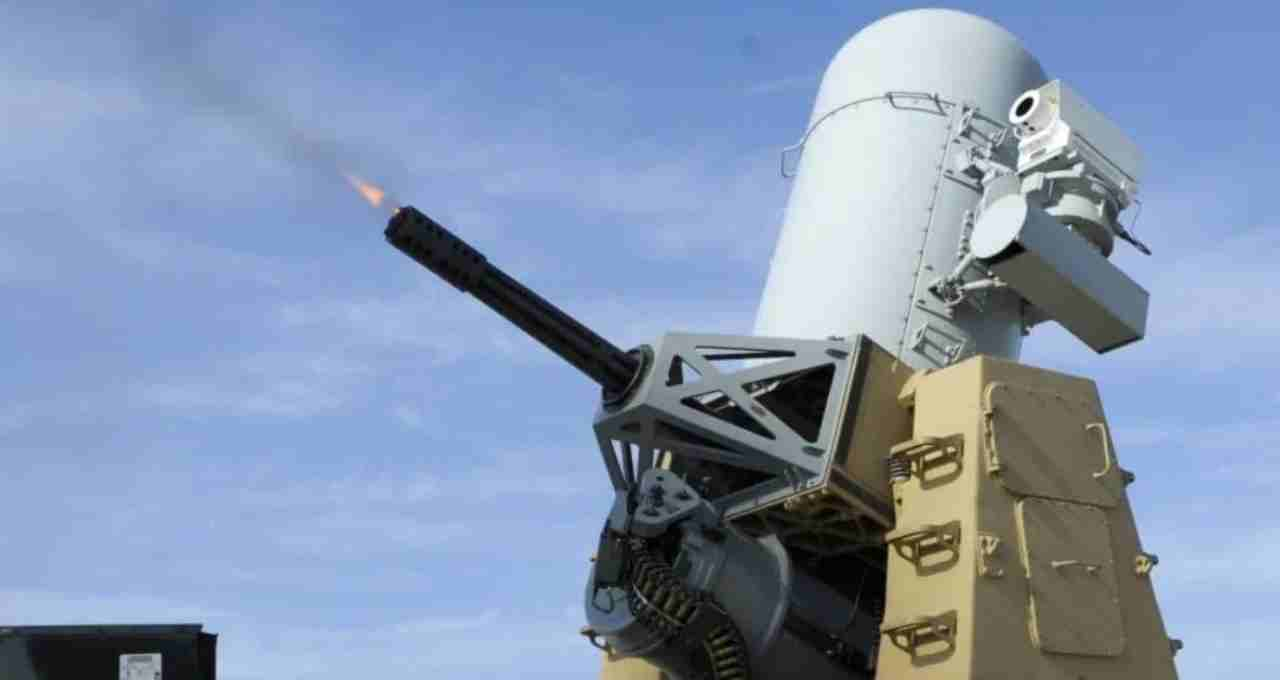Following the Pulwama attack, India launched ‘Operation Sindur’, inflicting significant damage on Pakistan, demonstrating the strength of its security forces. However, the operation also highlighted vulnerabilities in countering drone attacks.
New Delhi: India's ‘Operation Sindur’, targeting Pakistani terrorist bases, showcased the country's military capabilities and strength. The successful operation not only targeted numerous terrorist camps in Pakistan and Pakistan-occupied Kashmir (PoK) but also inflicted heavy damage on Pakistani airbases in retaliation.
However, the operation also highlighted a new challenge: the increasing threat of drone attacks on air defenses. This is why defense experts are now emphasizing the need for C-RAM (Counter-Rocket, Artillery, and Mortar) systems, which would be instrumental in countering drones and other low-altitude aerial threats.
Operation Sindur: Success Brings New Security Questions
Between May 6th and 7th, Operation Sindur destroyed nine Pakistani terrorist bases. In retaliation, India targeted 11 Pakistani airbases, causing significant destruction. BrahMos and Akash missiles were used, resulting in the destruction of Pakistani F-18 and J-17 fighter jets. However, Pakistan also employed drone attacks during this mission, highlighting a new threat to India's air defense.
Pakistan attempted to attack Indian military bases using hundreds of drones manufactured in China and Turkey, revealing that conventional air defense systems are not fully equipped to counter these low-altitude, small aerial threats.

Limitations of Current Air Defense Systems
India possesses the Russian-made S-400 air defense system, considered one of the world's best. Additionally, India has its own ‘Akash’ missile system and other protective measures, which performed well during Operation Sindur. These systems are capable of destroying large missiles, fighter jets, and rockets.
However, these systems are not entirely effective against drones and low-altitude threats. Small drones, especially those flying close to the ground, are difficult for conventional radar and missile defenses to detect. The 2021 incident at the Jammu Air Force station, where a Pakistani drone dropped an IED, exposed a significant vulnerability in the Indian security apparatus.
C-RAM Systems: A New Shield for Air Defense
C-RAM stands for ‘Counter-Rocket, Artillery, and Mortar’ system. This system is specifically designed to detect and destroy low-altitude threats such as rockets, artillery shells, mortars, and drones. C-RAM systems like the Phalanx (USA) and Iron Dome (Israel) are renowned globally.
Israel's Iron Dome, which has successfully thwarted Hamas rocket attacks numerous times, is a prime example. These systems detect fast-moving, small threats via radar and automatically engage them, bringing them down. Such systems are urgently needed in India, particularly to strengthen the security of border areas and sensitive military installations. This would not only prevent drone attacks but also help counter unforeseen aerial threats.

Prospects for C-RAM Systems in India
India is constantly striving to strengthen its air defense network. The events of Operation Sindur have made it clear that conventional missile defense systems alone are insufficient. Experts therefore believe that the rapid procurement and development of C-RAM systems are necessary. India's Defence Research and Development Organisation (DRDO) is also working on such equipment, customized for Indian conditions. Furthermore, India could accelerate progress in this area through technological partnerships with the US, Israel, and European nations.










